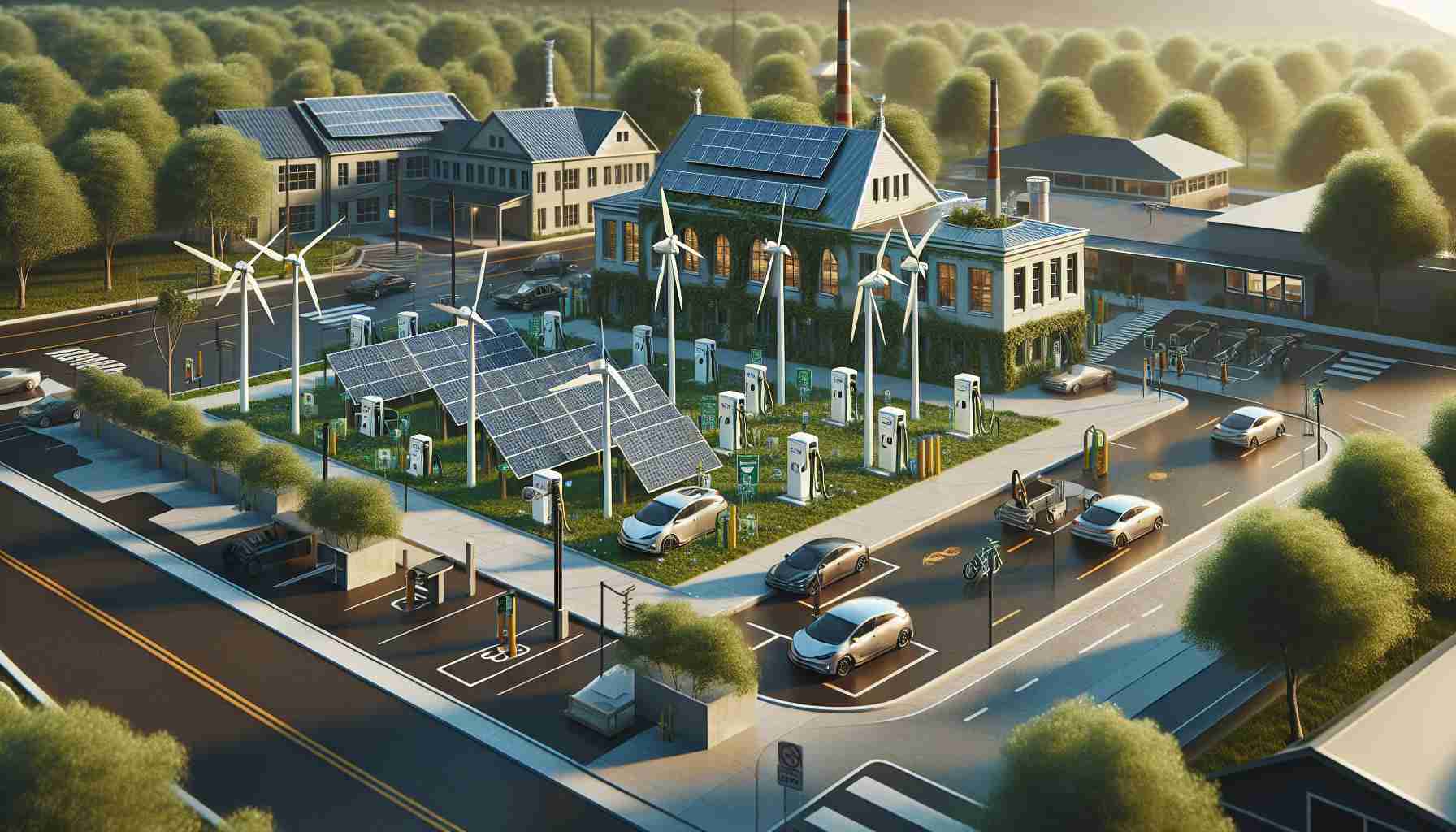Exploring beyond Earth’s atmosphere comes with its own set of challenges, not the least of which is bodily functions during extended missions. A recent breakthrough proposes a novel solution to alleviate discomfort and improve efficiency for astronauts embarking on extravehicular activities.
Instead of relying on traditional methods like adult diapers, a cutting-edge in-suit water recovery system has been introduced to convert urine into drinkable water during spacewalks. This innovative approach not only eliminates the need for bulky absorbent garments but also ensures a more sustainable water source for hydration while in the vacuum of space.
Unlike the sleek, futuristic devices portrayed in science fiction, the current system, featuring a robust backpack carrying filtration equipment, prioritizes functionality over aesthetics. By utilizing dual forward osmosis and reverse osmosis technology, urine is efficiently processed into clean water, ready for consumption after the addition of essential salts.
The process begins with a specialized urine collection device that employs a silicone cup tailored to the anatomy of astronauts. Upon detection of moisture, a vacuum mechanism promptly transports the urine to the filtration system. This meticulous procedure underscores the meticulous engineering behind this groundbreaking advancement.
Although the technology is still in its infancy, the successful implementation of water recycling systems on the International Space Station hints at a promising future for integrating similar devices into next-generation spacesuits. This development not only enhances comfort during prolonged missions but also highlights humanity’s relentless pursuit of innovation even in the most challenging environments.
Revolutionizing Space Suits for Long-Duration Missions: Advancing Astronaut Comfort and Efficiency
As humanity continues to push the boundaries of space exploration, the demand for advanced technologies that can support astronauts during long-duration missions becomes increasingly critical. While the recent breakthrough in in-suit water recovery systems represents a significant step forward, there are key questions, challenges, advantages, and disadvantages to consider in revolutionizing space suits for such endeavors.
One of the primary questions that arises is the long-term reliability and durability of the in-suit water recovery system. How will the technology perform over extended periods in the harsh conditions of space? Ensuring the system’s resilience and efficiency will be crucial for the success of future missions.
Addressing the key challenges associated with this innovation, the integration of complex filtration equipment into the spacesuit raises concerns about added weight and bulkiness. How can we balance the need for functionality with the astronauts’ mobility and comfort? Striking the right equilibrium between performance and practicality will be a significant hurdle to overcome.
Furthermore, a potential controversy lies in the psychological aspect of astronauts having to drink recycled urine. While the technology effectively purifies the liquid, the mental barrier of consuming processed waste may present a psychological challenge for some individuals. How can we address the psychological implications and ensure astronauts’ well-being and morale during missions?
Despite these challenges, the advantages of revolutionizing space suits with in-suit water recovery systems are substantial. The elimination of bulky absorbent garments reduces the overall weight and volume of the suit, enabling greater freedom of movement for astronauts. Additionally, the sustainable conversion of urine into drinkable water provides a reliable hydration source, essential for prolonged missions where resource availability is limited.
On the other hand, the disadvantages include the intricate maintenance and potential malfunctions of the filtration system. How will astronauts handle repairs or replacements of critical components while in space? Mitigating the risks associated with system failures will be paramount to ensuring the astronauts’ safety and well-being.
In conclusion, the development of in-suit water recovery systems represents a remarkable advancement in space suit technology, offering a glimpse into a more sustainable and efficient future for space exploration. By addressing the key questions, challenges, and controversies surrounding this innovation, we can continue to enhance astronaut comfort and performance during long-duration missions beyond Earth’s atmosphere.
For more information on advancements in space exploration technology, visit link name.









